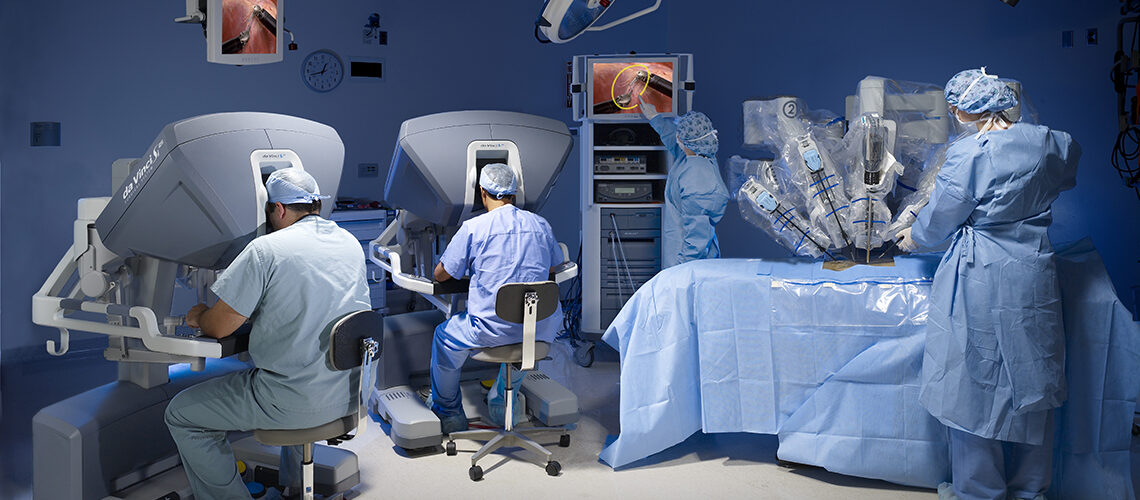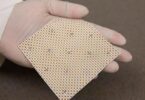Robotic surgery has revolutionized the field of medicine, offering unprecedented precision and versatility.
Robotic surgery uses advanced control systems that allow the surgeon to manipulate surgical instruments with millimetric precision.
The world’s first surgical robot was “Arthrobot”, developed and first used in Vancouver, Canada in 1983. The robot was developed by a team led by Dr. James McEwen and Geof Auchinlek, working in collaboration with orthopedic surgeon Dr. Brian Day.
It is considered one of the best technological advances in health that leads us to talk about smart operating rooms. In this way, with the incorporation of the first Da Vinci, Bellvitge Hospital became one of the pioneering hospitals in robotic surgical interventions in Spain.
The Da Vinci robot is a computerized instrument that allows the surgeon’s visual capacity to increase 10 to 20 times. Likewise, it has four robotic arms and hands, capable of performing micro movements with absolute perfection.
Likewise, this instrument can rotate 360 degrees, allowing it to reach delicate areas of our body. Thus, it is already used in neurological, gynecological, urological or cardiothoracic procedures, but also in other surgical processes.
In addition, it makes interventions more comfortable and more precise, especially the most complex and difficult to access ones, overcoming the limitations of laparoscopic surgery.
Robotic surgery consists of a method to carry out surgery through the use of small tools that are attached to a robotic arm. For this reason, the surgeon controls the robotic arm with a computer.
Robotic surgery offers numerous benefits for patients, including:
• Smaller incisions: By requiring smaller incisions, robotic surgery results in less pain, blood loss and recovery time.
• Lower risk of complications: The precision of robots reduces the risk of damaging nearby organs and tissues.
• Improved aesthetic results: Smaller incisions and less tissue manipulation contribute to better healing and cosmetic results.
Risks of robotic surgery:
Surgeons using a robot do not receive the tactile feedback that comes from directly cutting a patient’s tissue. This can increase the risk of injury by affecting adjacent organs. Similarly, the machine can also cause burns from the electric current.
Robotic surgery is recommended: In the following medical specialties indicated for surgical use of the Da Vinci® robot: Urology, certain gynecological pathologies, general surgery, cardiothoracic surgery, pediatric surgery, otorhinolaryngology and some neurosurgical indications.
Therefore, robotic surgery makes it possible to reinforce the surgical skills of physicians and offer patients the option of a minimally invasive intervention, even when it is a highly complex procedure.
I invite you to read another article:
Bionic Prosthetics: A Revolutionary Medical Breakthrough
Font:
https://rincondocentemfyc.com/2009/12/22/los-diez-avances-medicos-de-la-decada/









